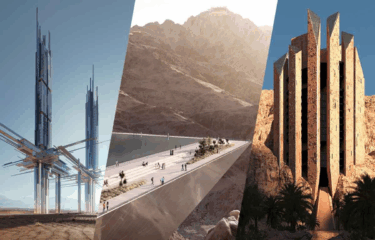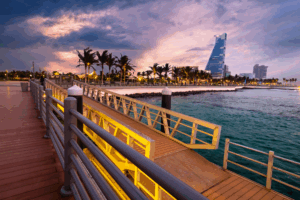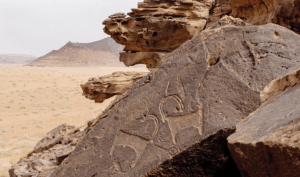Step off the plane and look up. You’re no longer in transit. You’re in the middle of something bold. The new King Salman International Airport in Riyadh isn’t just a travel hub. It’s the start of a story. One that blends Saudi heritage with forward-thinking design, calm with movement, vastness with detail.
Tucked into the desert but looking out toward the world, this airport is more than a checkpoint between places. It’s an invitation to see Saudi Arabia through a new lens—one shaped by progress, warmth, and scale you can feel in your chest.
This blog walks you through what makes the new airport in Riyadh one of the most ambitious aviation projects in the world. But more than that, it helps you imagine being there.
Not Just Bigger—Smarter, Warmer, Wiser
Why King Salman International Airport feels like the future without losing its soul
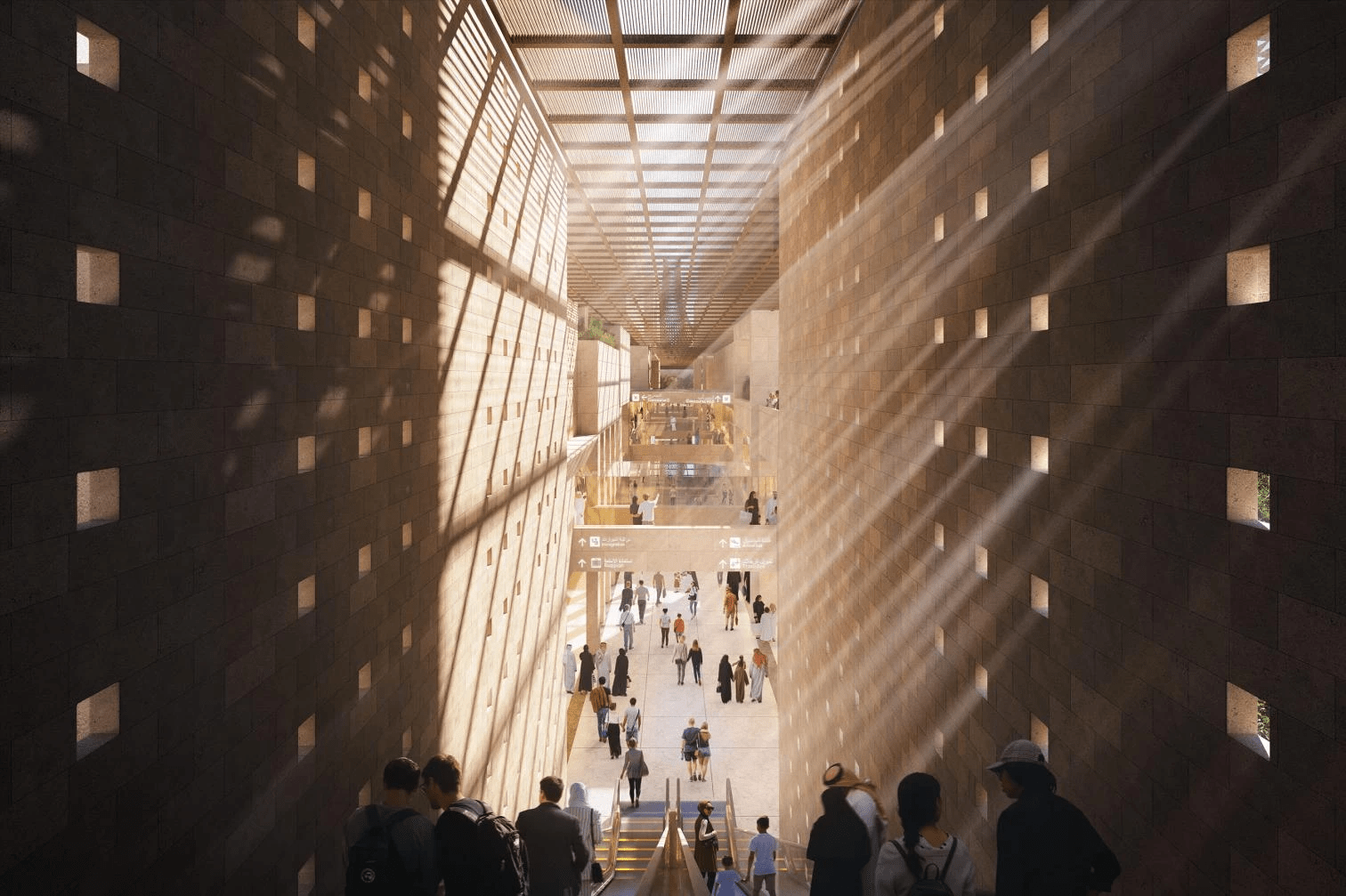
You’ll notice it before you even land. That stretch of architectural symmetry glowing in the desert light. Designed to host up to 120 million passengers annually by 2030, with future expansion planned for 185 million by 2050, King Salman International Airport in Riyadh is set to become one of the largest airports in the world.
But for all its scale, it’s the details that leave an impression.
Six runways run in parallel, designed to reduce delays and move travelers with quiet efficiency. Each runway stretches over 4 kilometers (13,123 feet), allowing it to handle large aircraft like the Airbus A380 and Boeing 747-8 with ease. Engineers spaced the runways strategically to enable simultaneous takeoffs and landings, which helps reduce delays and boosts operational capacity.
Terminals curve like sand dunes, echoing the landscape. Daylight streams in from every angle. This airport understands rhythm, light, and human pace.
Behind that beauty is precision. Every design element—from passenger flow to sustainability—is built with intention. The airport aims to achieve LEED Platinum certification, incorporating renewable energy and smart tech to create a space that works with its environment.
Solar panels will cover vast areas of the airport’s infrastructure, generating renewable energy to power terminal operations and lighting systems. Noise reduction strategies have also been integrated into runway designs to minimize environmental impact on surrounding areas.
What defines it most is the atmosphere. This airport doesn’t shout. It speaks in calm tones, soft lighting, wide-open spaces, and a sense that someone thought about your experience—not just your itinerary.
What to Expect at the New Riyadh Airport
Design, layout, and the little things that make a big difference
Spread across 57 square kilometers, the layout of King Salman International Airport reflects thoughtful design over grandiosity. The terminal structure is inspired by Riyadh’s architectural language—simple yet striking. High ceilings, natural light, and a sense of spatial openness define the experience.
The terminals use intuitive passenger flow systems to keep congestion low, even during peak hours. Biometric check-in counters will streamline boarding by using facial recognition for quick and secure identification. An automated baggage handling system will track luggage in real time, improving efficiency and cutting down wait times for travelers at the new King Salman International Airport in Riyadh.
The airport is being developed in phases, each one unlocking new possibilities. The first phase includes constructing three runways and two passenger terminals designed to handle 60 million passengers annually by 2027. Subsequent phases will add additional runways and expand terminal capacity incrementally toward its 2030 goals.
From art installations rooted in Saudi tradition to intuitive signage and traveler-friendly amenities, everything is built to feel accessible.
There’s a growing emphasis on making airports feel less like waiting areas and more like destinations. KSIA leans into that idea. Expect curated retail, wellness spaces, and a sense of ease as you move from arrival to departure.
A Vision Written in Glass, Sand, and Sky
How this airport fits into Saudi Arabia’s transformation story
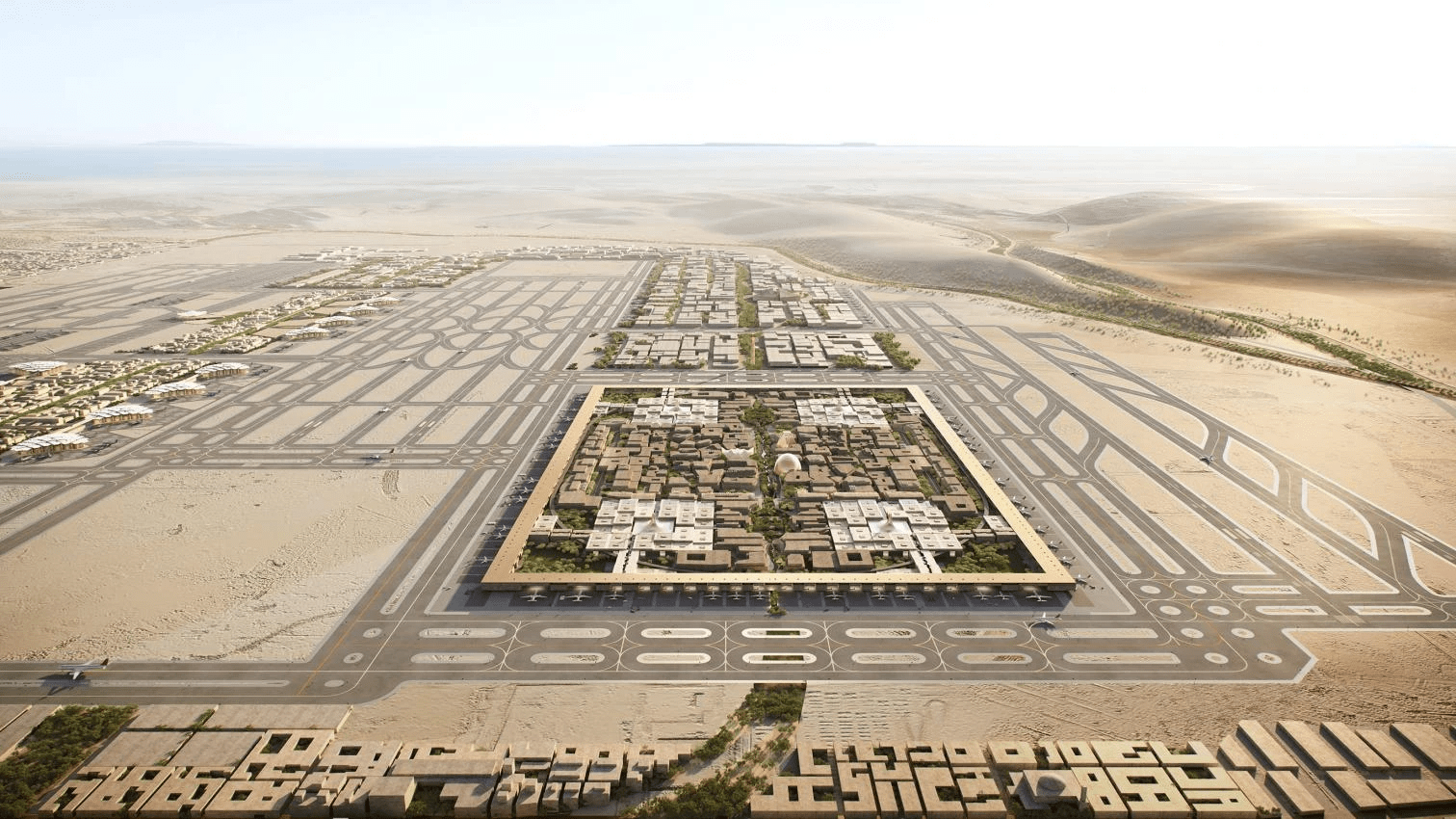
Every blueprint in this airport is tied to something bigger. King Salman International Airport is a cornerstone of Vision 2030, Saudi Arabia’s plan to diversify its economy and connect more deeply with the world.
This means more than just convenience for travelers. It means new job opportunities. The airport will create over 100,000 direct and indirect jobs. In addition to passenger services, KSIA will feature state-of-the-art cargo facilities capable of handling up to 3.5 million tons annually by 2050. These facilities will include temperature-controlled storage for perishable goods and advanced logistics systems integrated with rail networks for seamless freight movement across Saudi Arabia’s key economic zones.
This means faster logistics, stronger tourism, and a rising capital city positioned to welcome over 15 million residents by 2030.
The airport serves as a visual statement of ambition. And when it opens, it will likely become the first impression many international visitors have of Saudi Arabia. That impression will be clean, warm, forward-looking.
From 45 to 185 Million Travelers
The numbers behind the ambition—and what they mean for your next trip
Riyadh’s current airport, King Khalid International, served roughly 29 million passengers in recent years. The new development marks a huge step forward in both capacity and experience.
In addition to handling up to 3.5 million tons of cargo annually, the airport will also support Saudi Arabia’s ambitions to become a key global transit hub, connecting Europe, Asia, and Africa in one fluid, well-orchestrated movement.
Whether you’re stopping for a layover or starting your journey here, the space offers something beyond transit. It offers intention.
When Does King Salman International Airport in Riyadh Open?

Construction is already well underway, with several key contracts signed under the Public Investment Fund (PIF). There is no exact opening date yet, but the airport is progressing toward a phased launch within the next few years, aligned with Saudi Arabia’s broader Vision 2030 goals.
In August 2024, the King Salman International Airport Development Company signed agreements with Foster + Partners, Egis, KPF, and Jacobs—four major international firms tasked with overseeing architecture, design, and construction management. These partnerships mark a key milestone in delivering the airport’s next phase and reinforce the government’s commitment to creating a world-class aviation hub.
KSIA also aims to deliver a “Future Travel Experience” by combining architectural scale with a digitally enhanced journey. It plans to introduce features like biometric check-ins, personalized retail, and seamless baggage services to transform how travelers move through the airport. While these features are still in development, they signal Saudi Arabia’s move to reimagine the airport experience from the ground up.
You can bookmark this page for more Riyadh airport updates as timelines and milestones are announced to keep yourself updated.
FAQs
Where is King Salman International Airport located?
The airport is under construction on the northeastern outskirts of Riyadh, close to King Khalid International Airport.
What is the expected opening date of the new Riyadh airport?
There is no official opening date yet, but the airports will open in phases over the coming years as part of Vision 2030.
How big will King Salman International Airport be?
It will cover around 57 square kilometers and feature six runways, with a planned capacity of 120 million passengers by 2030.
What makes this airport different from King Khalid International?
This new airport offers increased capacity, modern design, sustainability features, and a more seamless travel experience.
Will the new airport offer international flights?
Yes, the airport will be a major global hub with international connectivity across Europe, Asia, and Africa.
What are the terminal features at KSIA?
Terminals will include high ceilings, natural light, smart tech integration, curated retail, and wellness areas for a seamless passenger experience.
What is the cargo capacity of the new Riyadh airport?
KSIA will be able to handle up to 3.5 million tons of cargo annually, supporting Riyadh’s role as a logistics hub.
What’s the timeline for phased development?
Initial phases are underway with construction partnerships signed in 2024. Full completion targets align with Vision 2030 milestones.





